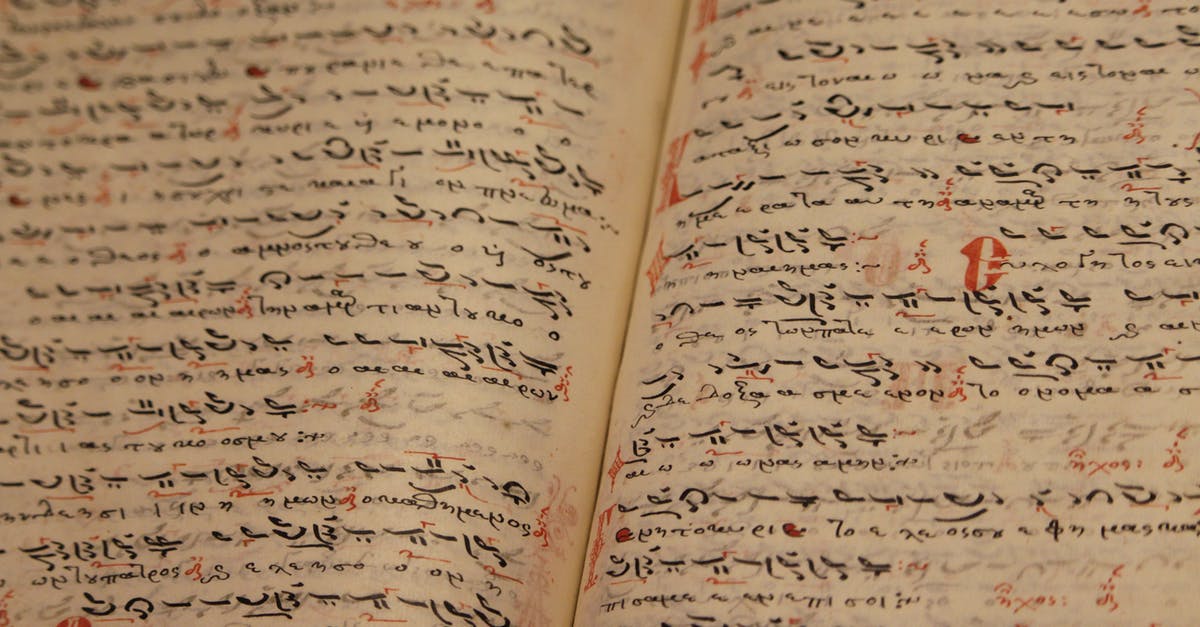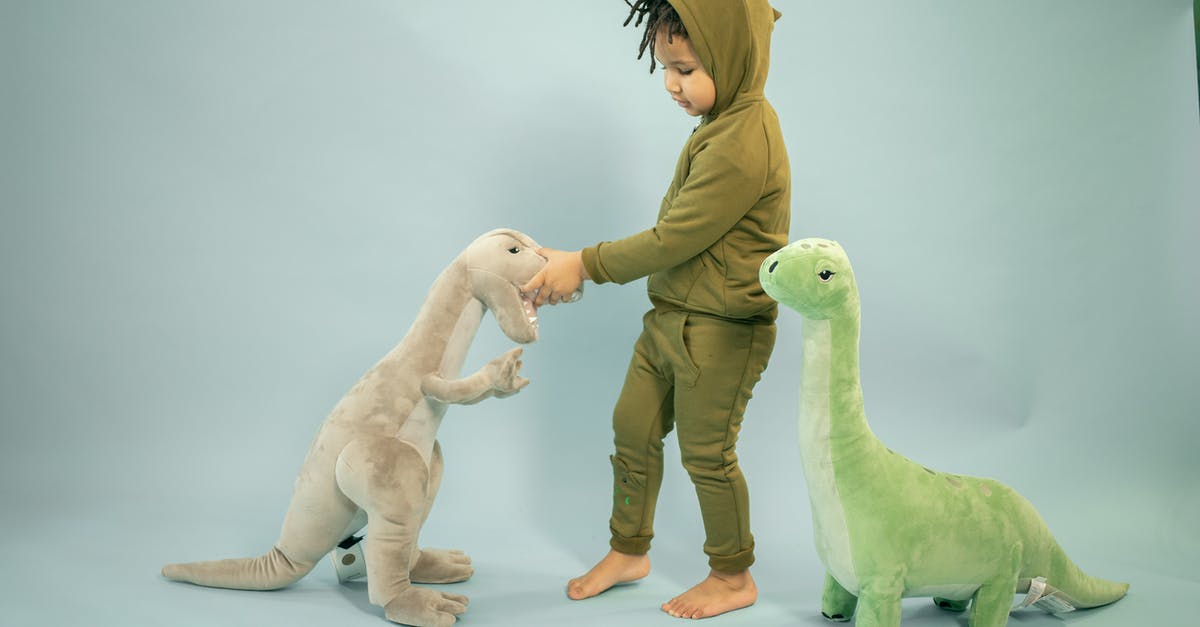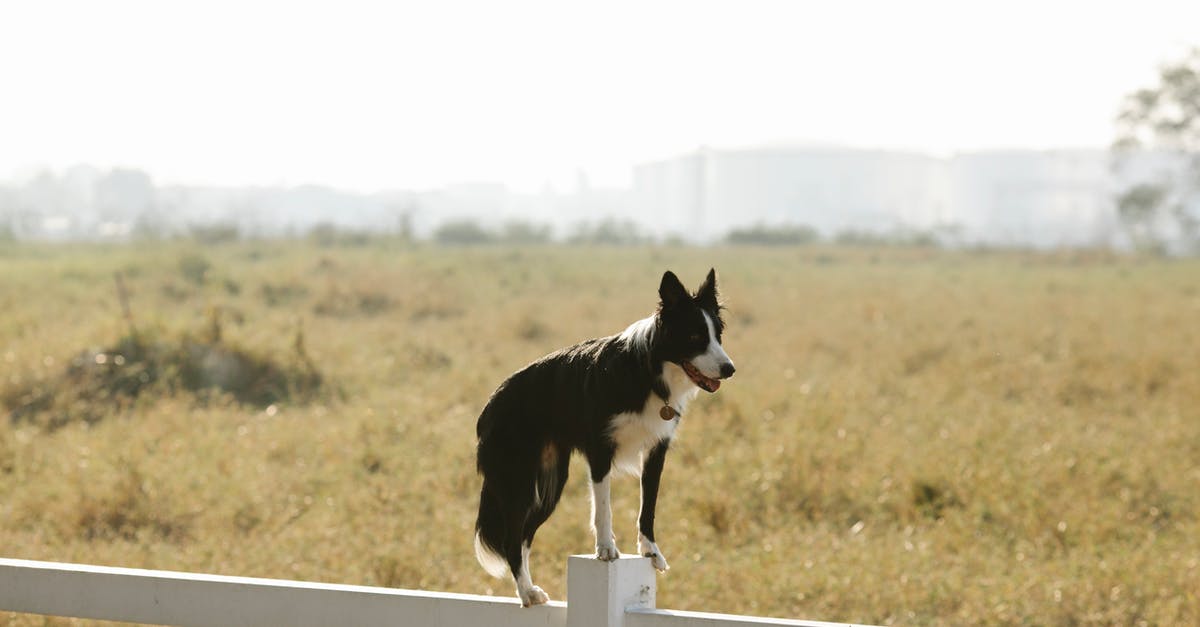Do feature-length animation studios reanimate characters' mouths for foreign language dubs?

For instance, I know that Toy Story 3 was released in several other languages besides English, did Pixar re-render the characters mouths to sync with the audio? Do traditional animation studios do this?
I would ask about television shows as well, but I'm fairly certain that the lower budgets means this never happens.
Best Answer
Re-rendering the character mouths is not easy. But most of the time, original language sync do not fit too, due to some reasons.
Few or no pre-study had done before the animation scene preparation. That leads to some sync problems since there is the script including the speech and there are designers who try to do their best on mouth movements. Dubbing or recording of the sounds is generally done after the animation scene (or when the complete animation) is finished. And people who vocalize the characters try to follow the script. Expressions have less importance than the voicing in original script and most film making companies expect the crew to stick to the script. That cause unsynced mouth movements in the original language release. Better can not be expected for the dubs.
Best fitting example could be Puppy in My Pocket, which has absolutely horrific syncing. Characters often express full sentences with barely any facial movement. The show's villainous kitten is a particular noteworthy example, as she can apparently deliver virtually all of her lines with a clenched jaw.
Above are basic problems of original voicing. For the dubs, it got worse since changing of the language causes existing lip-voice sync to get lost. Some film making companies do not let big changes in the script text after the translation, that ends with a finely translated script which is very very similar to the original one but unsynced lip-voice occurs much more.
But there are some exceptions like:
- In countries with a long dubbing tradition, such as Spain, Germany, France or the Latin American countries, their translators, script adapters and voice actors are particularly well trained and experienced in dubbing, so they know how to deal with this situations efficiently most of the time. Specially when English is the original language
- Disney has handled the dubbing of some anime imports, such as the films of Miyazaki. They tend to be meticulous in reworking the dialog to fit the lips and the meaning of the original script, even doing several takes in dubbing to see what works. Getting good voice actors doesn't hurt. Or the fact that the original creator has told Disney in no uncertain terms that gratuitous changes to the movies were to be avoided.
- Neil Gaiman, who wrote the English script for Princess Mononoke, said in an interview, "People have been asking if we reanimated it. There are two schools of thought coming out from the film. School of Thought #1 is that we reanimated the mouth movements. School #2 is that they must have made two different versions at the same time."
- In the special features of Howl's Moving Castle, there is a clip of Christian Bale desperately trying to speak his line fast enough to match the animation, then commenting on how it's a lot of words. The script editors change it on the spot.
Bonus: Not about tv or movies, but there is greater work for the video-games when it comes to dub.
- Team Fortress 2: Valve "re-shot" the "Meet the [Class]" videos when creating the other language versions and lip-synced them perfectly down to the last syllable. This is due to the Source Filmmaker allowing the animator to type in accompanying text for each voice recording, so that the mouths match the words accurately.
- Devil May Cry 4's character facial animations are motion captured from the voice actors themselves while speaking the lines. They redid all motion capturing for all the different languages.
Pictures about "Do feature-length animation studios reanimate characters' mouths for foreign language dubs?"



Do they reanimate mouths in Dubs?
Disney has handled the dubbing of some anime imports, such as the films of Miyazaki. They tend to be meticulous in reworking the dialog to fit the lips and the meaning of the original script, even doing several takes in dubbing to see what works. Getting good voice actors doesn't hurt.Does Pixar reanimate for different languages?
Pixar took the time and effort to reanimate the lip sync for Coco in Spanish. They also did this in French for Ratatouille.How to Make 2D Animation Quickly \u0026 Easily!
More answers regarding do feature-length animation studios reanimate characters' mouths for foreign language dubs?
Answer 2
Indeed, in France (which is my country, that's why I can speak definitely), the best movies have a very fine dubbing which does not reanimate the mouths of the characters but in which the dialogues are rewritten to fit the lips moves; example, one of the lines of the Genie in "Friend Like Me": original:
"Life is a restaurant… And I'm your 'maître D'!" (so, 6 syllables, then six with a short one just before the last one, and a "EEE" sound at the end).
Now, how do they translate it?
"Je suis maitre d'hôtel… au restaurant d'la vie!" (which is, "I am butler… at the life restaurant", but "life restaurant" is "restaurant d'la vie" which make indeed 3 syllables, and in which "vie" ends with the sound "EEE").
And it's that kind of things all the time. In other words, instead of re-doing the animation, they redo the dialogue!
Answer 3
This is a classic video that was shown to me when I was in ADR class. I think it sums up the answer - this is a Hercules song in all of the languages that Disney International was supporting at that time.
There is no way that they would try to touch the animations from a financial perspective. They were extremely clever in synching up the songs to the original English language animatics.
Sources: Stack Exchange - This article follows the attribution requirements of Stack Exchange and is licensed under CC BY-SA 3.0.
Images: Serinus, Samson Katt, Monstera, Sam Lion
